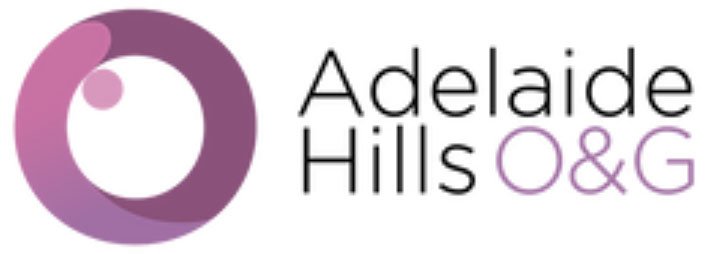Becoming one of the first carbon neutral medical practices in Australia
We have the great privilege of serving the women and families of the Adelaide Hills on Peramangk and Kaurna country. Our Obstetrics & Gynaecology practice started with the end in mind by being designed with a low carbon footprint from it’s inception. Some creative thinking has been necessary along the way to achieve our final goal of becoming carbon neutral. We hope that by sharing our story we can make the journey a little easier for practices coming after us.
Addressing the climate emergency is going to need government and industry level changes to how carbon is accounted for in our economy. Consumers can drive this change by expecting businesses to be making concerted reductions in their carbon emissions.
We are helping to birth the next generation and we hope we can play some small part in moving the world towards a carbon neutral future.
A medical practice could choose to take many of the steps outlined here without seeking formal carbon neutral accreditation and still have a substantial impact on their environmental footprint. In general steps that a practice can take to lower their overall carbon footprint fall into two categories – energy production and waste. These will both be addressed below.
Energy
Can be obtained through the grid or produced on site with solar. We chose to install 20kw of on roof solar panels and a 13kw battery on site. This allowed us to offset more energy than we used. A battery also acts as a backup for our vaccination fridge eliminating the need for a generator, or the need to throw out vaccine stocks during power outages. In 2021 we used 11.9MWh of energy but produced 17.4MWh. During the carbon accounting process detailed below this carbon negative impact was considered when time came to purchase our offset.
We utilised the immediate tax write off for the solar and battery assets further decreasing the post-tax cost to us. We also used the same to install an electric car charger at the practice for use of patients and staff to encourage the transition to electric vehicles.
Alternatives to this strategy could be sourcing all energy from renewable sources. This is often a commercially available option with energy suppliers.
Waste
Ultimately, limiting the amount of waste we create decreases the amount of carbon we need to offset during the carbon accounting process. Utilisation of other carbon neutral business does not add to our own footprint (eg. our medical records company is certified carbon neutral)
Linen – we could not find an affordable commercially available linen solution. To utilise our own solar produced energy and to decrease transport costs from sending linen offsite we wanted to launder on site. Sarah Anne and Little Lion made hundreds of over-lap throw towels & water absorbent “blueys”. The white towelling has performed extraordinary well over thousands of washes.
Equipment – non disposable is the key with an onsite steriliser. Again, this allows us to use our own energy for the sterilising.
Consumables – we use carbon neutral brands (like ZeroCo & who gives a crap) and digitise everything so that we produce as little waste as possible.
Foodstuff – we have an onsite, in ground, compost solution (solar cone). All our coffee grounds and staff food waste is placed into it. Alternatives could be an on bench Bokashi or even a staff member with chickens.
Recycling – we separate all our recycling into paper/card recycling, soft plastic and general mixed recycling. We use a variety of recycling programs including kerbside council, TerraCycle (masks, gloves) and RedCycle (now transitioning away to commercial soft plastic recycling options).
Carbon Accounting Process
We chose the Climate Active program to become carbon neutral certified. We wanted a rigorous process to certify us. Climate Active is an ongoing partnership between the Australian Government and Australian businesses to drive voluntary climate action. The process involves not only identifying existing carbon production but a commitment to reduce this over the coming years. Starting off with the end in mind has made this a more difficult task for us as we need to show an ongoing reduction.
A business wanting to go through the Climate Active program can do so by engaging a consultant to walk them through the process or by submitting to the program having done the work themselves. We chose the former. We engaged Sustainable Business Consultants based in Adelaide to take us through the process. They started by taking a detailed carbon inventory, including a survey of our staff to determine the emissions from commuting. After determining our net emissions we were presented with a number of options for carbon credit purchase. We chose a local revegetation program to offset our emissions. We were also provided with a number of ways to achieve the reduction goals in the future.
Cost
We often get asked what this all cost. The answer can be split into two halves – the carbon neutral certification itself and the infrastructure we purchased. The carbon neutral certification cost us approximately $10 000 including our first 3 years of offsets. This could be substantially lower (although with a huge learning curve) without the use of a consultant. The infrastructure cost to us – the solar, the battery, the car charger, the steriliser, the washer/dryer, the compost and the linen cost approximately $45 000 (all of which was an immediate tax write off for the business.
The Future
We hope that we can continue to provide practical information and encouragement to other practices to reduce their own carbon footprint. There is not one way to do this given the large variety of practice structures and locations. It takes a little creativity and a little motivation to achieve but it is possible.


